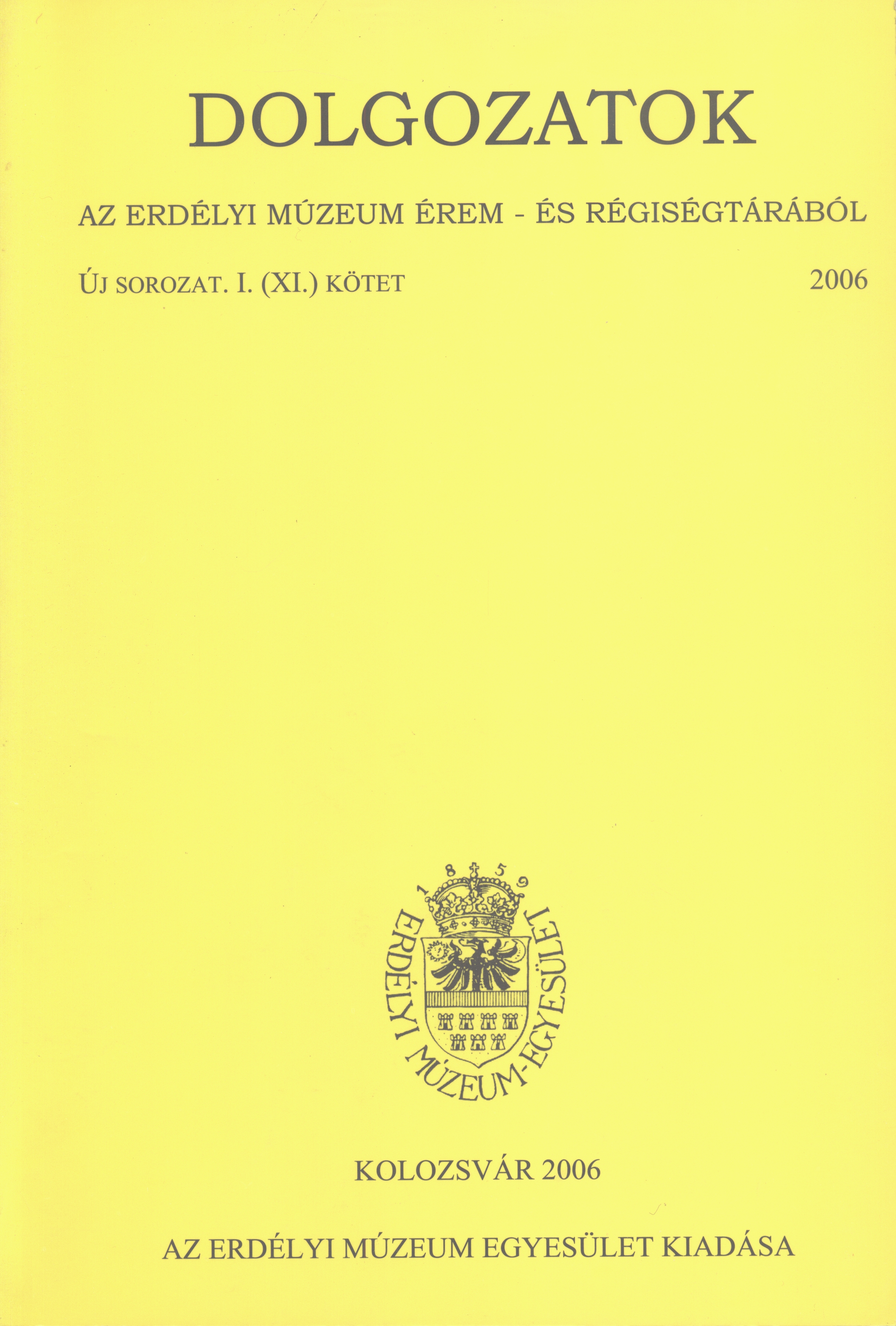Egy főúri család temetkezőhelyének kialakulása a 18-19. században
The formation of the burial-place of a baronial family in the 18th and 19th Centuries
Records about the construction history of the Teleki crypt from Dumbravioara
Author(s): János OrbánSubject(s): Cultural history, Architecture, Social history, 18th Century, 19th Century
Published by: Erdélyi Múzeum-Egyesület
Keywords: Teleki crypt; baronial family; Transylvanian architecture
Summary/Abstract: Amid the XVIIIth century, Sámuel Teleki (1739-1822) the fore-coming chancellor of Transylvania, the founder of the Teleki Téka (Teleki Library), has established Dumbrăvioara as the centre of his domains, and after the construction of the castle it also became his family residence. The family burial-place has automatically emerged in the settlement within short period of time. His descendants, the Telekis from Dumbrăvioara, had been buried there in the course of one and a half century. Sámuel Teleki himself buried his first child in 1772 in the place of the actual crypt, and the references hence have erroneously dated the edifice to 1772. However, regarding the proofs of the present research, the crypt was constructed above the dead of the family - meanwhile increased to seven only thirty years later: meanwhile Sámuel Teleki was appointed chancellor of Transylvania, started the construction of the crypt with the participation of the same craftsmen that worked at the Teleki Téka between 1801-1803. His chief craftsman was the builder of the famous Arieş-bridge, János Követsi (1764—1825), the coordinator of several autochthon constructions from Turda, the later geometrist of the Turda county and Aranyos seat. The roof frame is the work of the carpenter Christian Schön, who had made the roof frame of the Teleki Téka as well. In this period he had also built mills in Dumbrăvioara. Nonetheless, the research has also revealed that two allegorical angels have been once stowed to the construction of the chancellor's shrine, who died at the age of eighty three. These angels were manufactured by the famous artist from Cluj, Sámuel Nagy.
Journal: Dolgozatok az Erdélyi Múzeum Érem- és Régiségtárából. Új sorozat
- Issue Year: 2006
- Issue No: I
- Page Range: 205-223
- Page Count: 19
- Language: Hungarian

